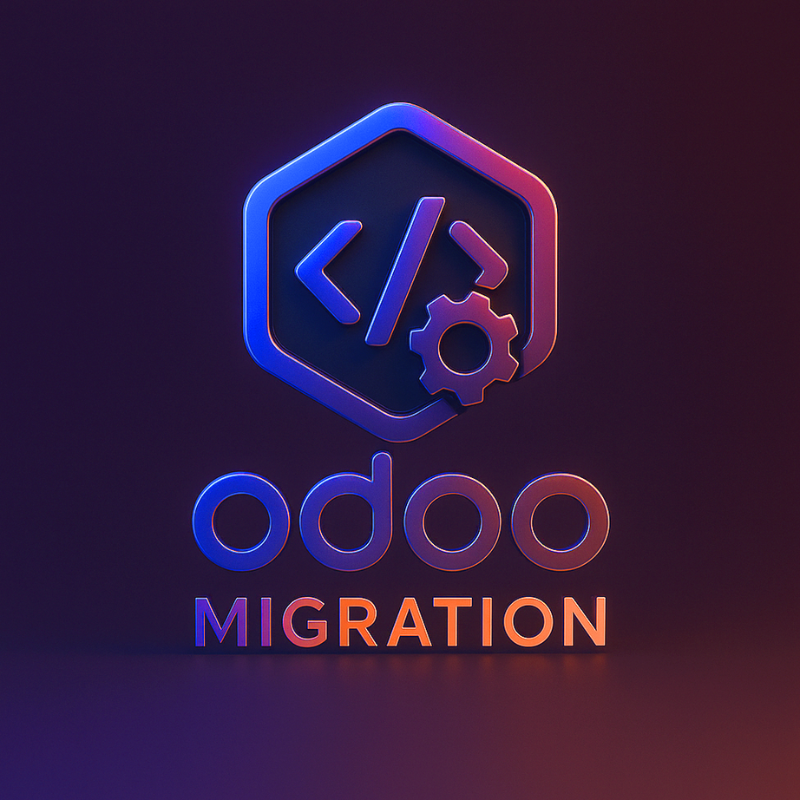UPGRADING ODOO – A PRODUCTIVITY BOOSTER
An ERP system can only be considered successful when users embrace it and operate smoothly. With every new Odoo release, the user experience (UX) is redesigned end-to-end: fewer clicks, consistent layouts, mobile-first design, and automated handling of repetitive tasks.
The result is a “zero-friction” user journey: faster search, smoother interactions, fewer errors. At the same time, training and change management costs are significantly reduced thanks to a standardized interface that requires minimal adjustments.
The greatest value lies not in the software or infrastructure itself, but in the real productivity gains of end-users — the most sustainable factor in any ERP project.
SYSTEM PERFORMANCE – REDUCING DECISION LATENCY
Performance goes beyond “fast screens”; it directly drives decision-making speed. With Odoo upgrades, the system core (ORM – Object Relational Mapping, caching, frontend) is optimized to ensure real-time data updates and more reliable dashboards.
Businesses can scale operational capacity through simplification: removing redundant calls, optimizing rendering and queries, increasing throughput without necessarily investing in more infrastructure. Meanwhile, baseline and profiler tools provide transparent measurement and evidence-based results.
A faster system means faster, more accurate decisions — from operational to strategic levels.
STANDARDIZATION & MOBILITY - FROM “CUSTOM-BUILT” TO “CORE STANDARD”
Each new Odoo version narrows the gap between “custom-built” and “core standard.” Critical features are incorporated into the core, enabling businesses to eliminate unnecessary customizations, reduce maintenance burden, and standardize processes around proven best practices.
The core-first architecture encourages leveraging built-in configurations instead of writing additional code. Industry-specific needs can be translated into reusable configurations, creating long-term cost advantages.
Most importantly, with PWA and mobile capabilities, employees can enter data right at the showroom, technicians can report instantly, and managers can monitor anytime, anywhere. This shortens workflows, reduces errors, and improves throughput exactly where value is created.
CONCLUSION: Upgrading Odoo is not just about keeping up with technology — it is about leveraging technology to unleash human potential, driving the enterprise to new heights of productivity and growth.
GLOSSARY
TCO – Total Cost of Ownership → The overall cost of owning and operating a system throughout its lifecycle.
SaaS – Software as a Service → A cloud-based software delivery model where applications are hosted and provided as a service.
On-Premise → Software installed and operated directly on a company’s own infrastructure.
Odoo.sh → The official cloud platform provided by Odoo for deploying and managing systems.
ORM – Object Relational Mapping → A middleware layer between the database and application that enables efficient data handling.
Caching → A mechanism for temporarily storing data to accelerate processing and response time.
Baseline → A benchmark used for comparing initial performance levels.
Profiler → A tool for measuring and analyzing system performance.
UX – User Experience → The overall experience and usability felt by users when interacting with a system.
UI – User Interface → The visual layout and interaction layer of a system.
Zero-friction UX → A seamless user experience with minimal steps and no obstacles for end-users.
PWA – Progressive Web App → An advanced web application that runs in a browser but delivers a smooth, app-like mobile experience.
Best Practices → Industry-proven standards and methodologies widely adopted for efficiency and reliability.
